In 1791, a French architect named Pierre Charles L’Enfant chose the site of what would become the White House.
L’Enfant envisioned the president’s house as a grand palace to compete with the great houses of Europe. He planned an ostentatious building four times the size of the current White House.
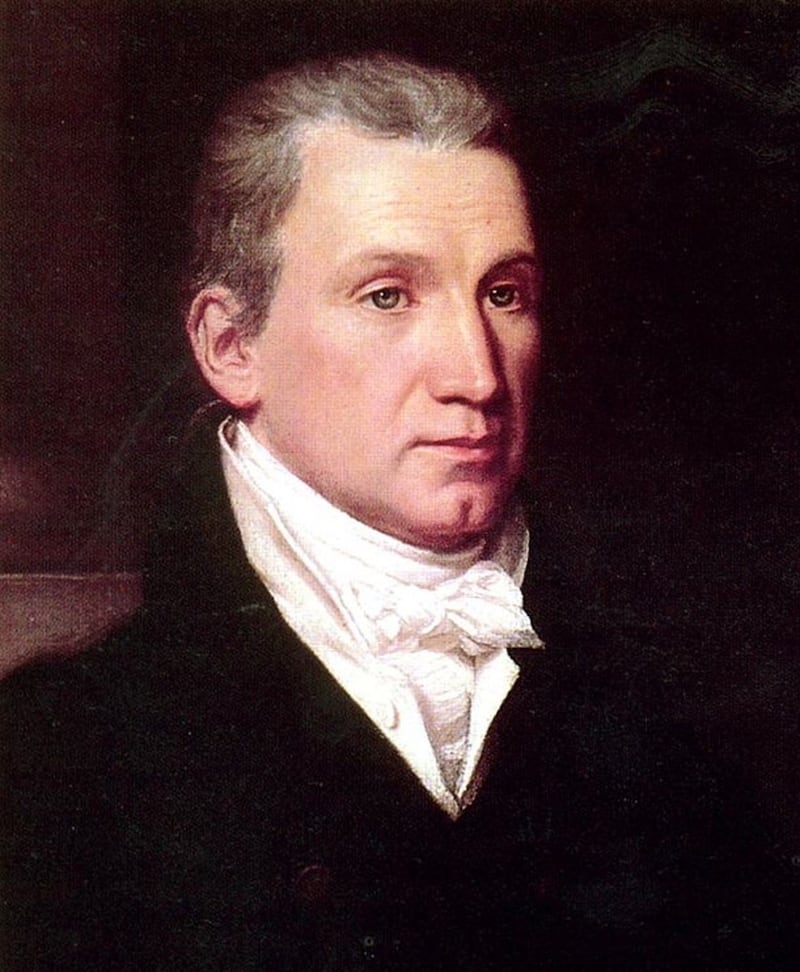
The flamboyant Frenchman already had the ear of George Washington. He had planned Washington D.C. around a grid of airy rectangular blocks. A public walkway was the centerpiece. The National Mall stretched two miles from Capitol Hill to the Potomac River.
Congress was positioned at the high point of the nascent capital, connected to the new White House by Pennsylvania Avenue.
For L’Enfant, the presidential palace would be his pièce de résistance, inspired by the pomp and grandeur of Versailles and London.
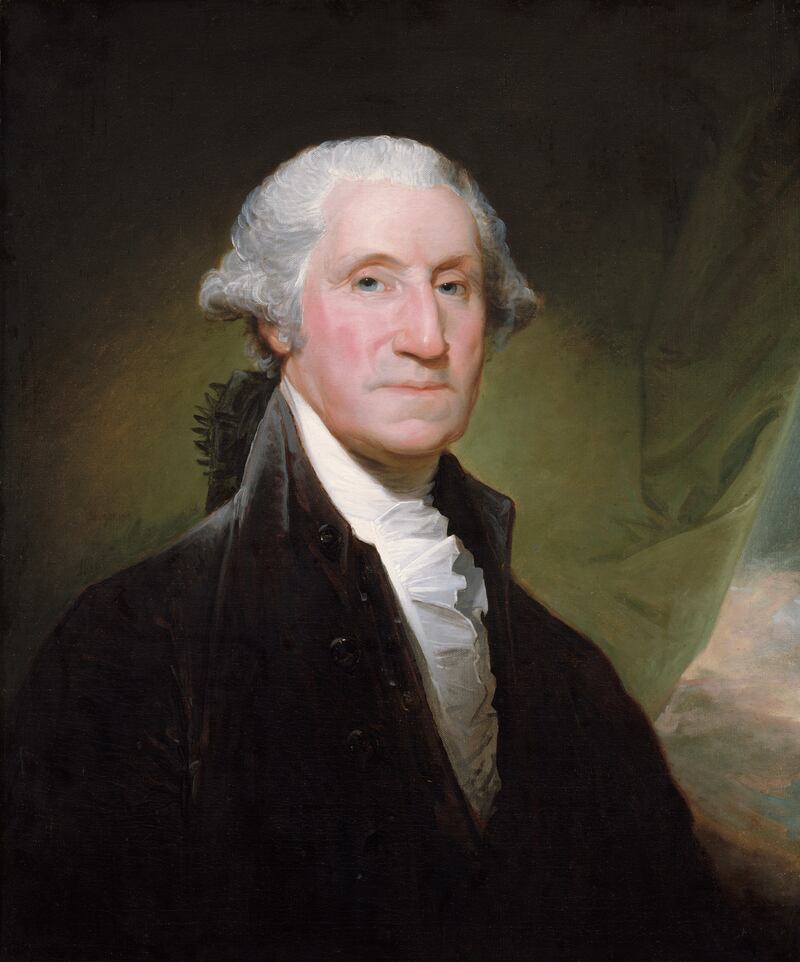
But Washington and his planning commissioners did not agree. They didn’t want a royal residence. They wanted the people’s house.
In February 1792, L’Enfant was fired, and a very different architect was hired.
Irishman James Hoban, a farmer’s son from County Kilkenny, was enamored of Dublin’s buildings and Leinster House, in particular. The classic Palladian architecture with its symmetrical facade and classic details was seen by Hoban as the perfect model for a home for a “people’s president.”
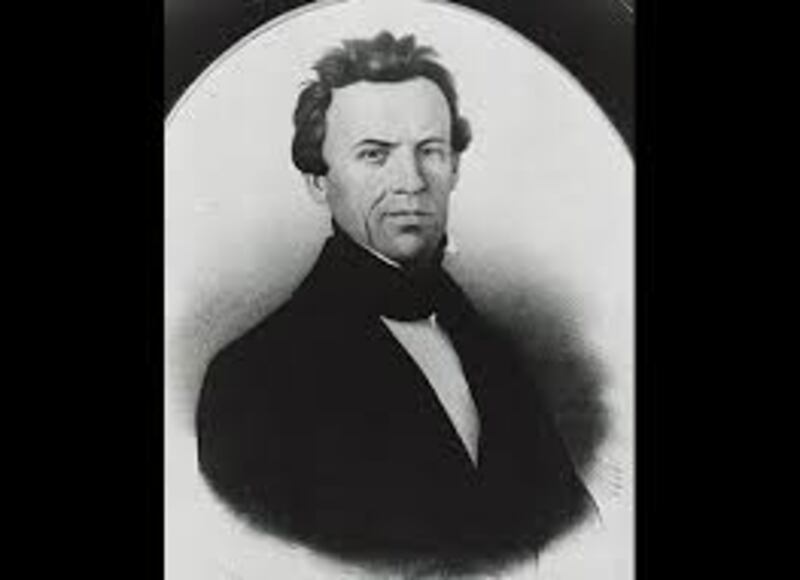
Washington would never get to live in the house that took Hoban eight years to complete. John Adams was the first to move in, albeit only for five months, before Thomas Jefferson succeeded him after the 1800 election. Every president has lived there since.
It truly became the White House after the British burned the building down in the War of 1812, and Hoban managed to retain the exterior walls of whitewashed sandstone.
As the latest inhabitant of 1600 Pennsylvania Avenue, President Donald Trump is enthralled with its history. He comes alive when taking visitors on tours of the old house, even if he has a habit of mixing up his facts. He has put his own gilded stamp on the interior of a mansion that can look bare and cold.
And he can never quite decide who was his favorite former president in a toss-up between Washington and Ronald Reagan. Some days, he may even switch to Andrew Jackson or William McKinley.
What is certain is that he is obsessed with leaving a legacy. Maybe it’s his age. What 79-year-old man doesn’t give a thought to what he will leave behind?
But more likely it’s his identity. Trump is a builder, a real estate guy. He doesn’t see a view; he sees possibilities.
What good is a rose garden when you need a drinks patio?
The only issue here is that Trump’s view of the White House is more akin to Pierre L’Enfant than to George Washington and James Hoban.
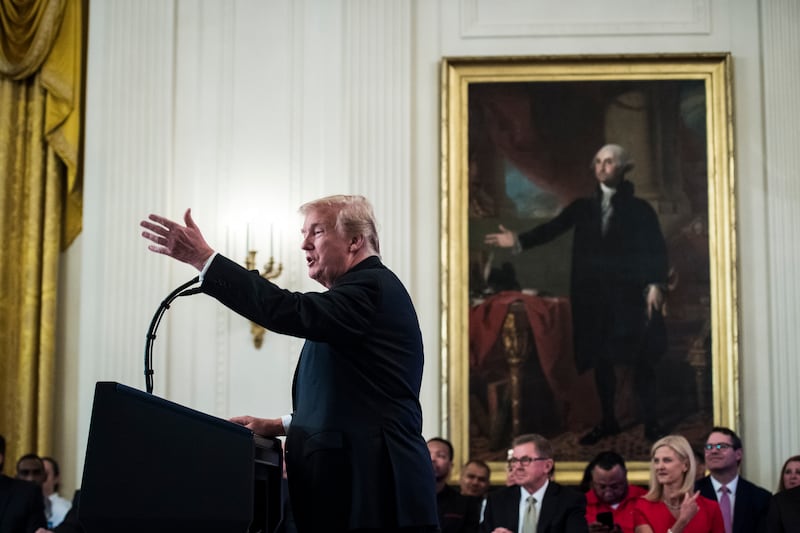
His plans for a 90,000 square foot ballroom in the East Wing are double the size of the current building. With more than triple the capacity of the East Room, currently the largest room in the White House, it’s no great surprise that the plans bear a striking resemblance to Trump’s event hall at Mar-a-Lago.
And, of course, Mar-a-Lago is nothing like the nation’s first president’s idea of a people’s house.
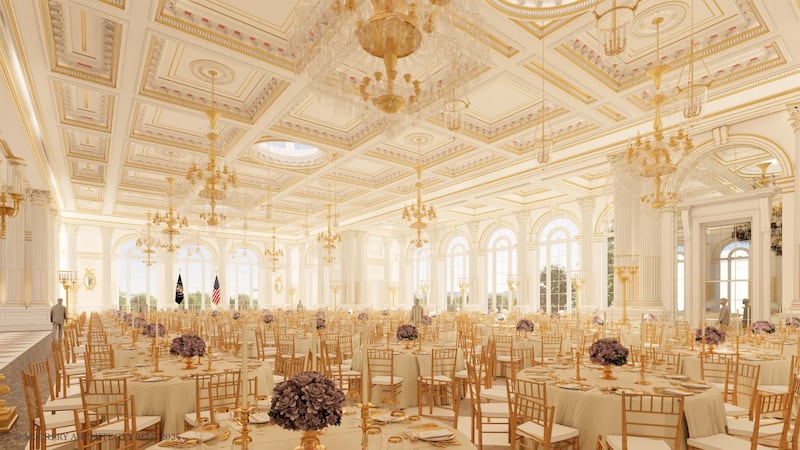
For a start, you can’t get in without a hugely expensive membership or a connection to its owner. It’s in the middle of a Palm Beach neighborhood where mere millionaires are looked down upon as pretenders. The chandelier in the tea room probably costs more than most people’s houses.
And the original White House cost $232,372 to build. The ballroom bill is $200 million.
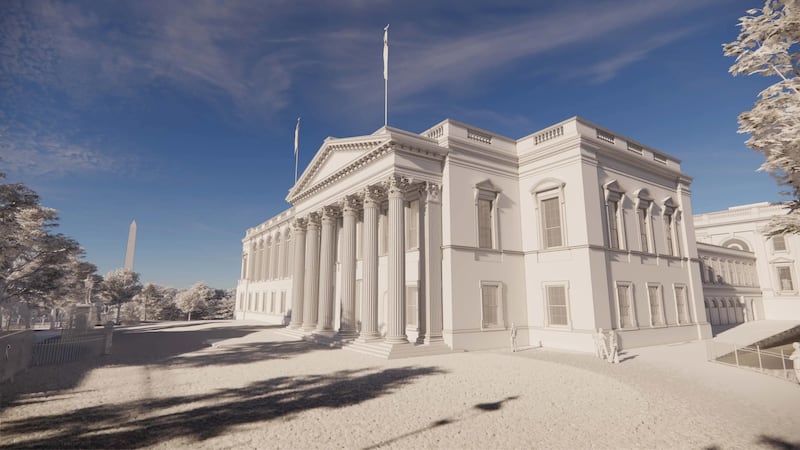
So the question persists: Is Trump’s new White House being built for the 1 percent?
He will argue that the White House is not worthy of his golden age. It is small, compared to the homes of the royals and the heads of state he visits around the world. Trump only likes the best. The biggest.
And he’s never going to make a good camper.
“They’ve wanted a ballroom at the White House for more than 150 years, but there’s never been a president that was good at ballrooms—really good, in fact,” Trump told reporters when unveiling his plan on Thursday. “When they have big events, you entertain the president of China, the president of any place, and you have big crowds, they’ve always had a tent.”
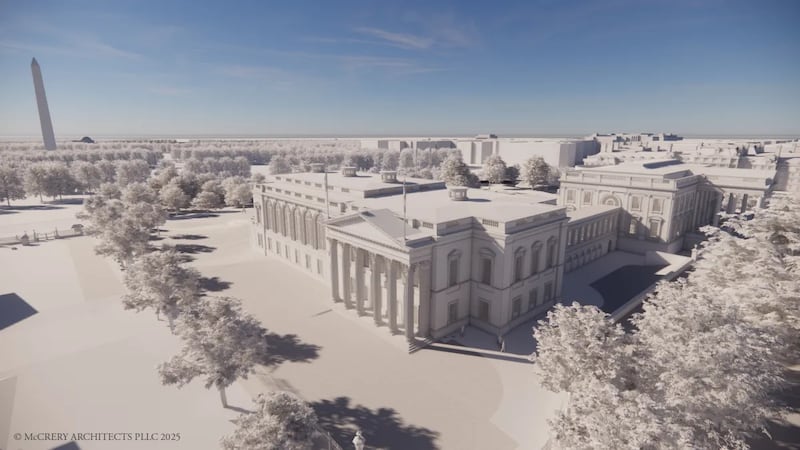
It’s true. Many visitors will say the experience of being carted in and out of the tent set up on the lawn isn’t worthy of the venue. It all feels a bit small for the most powerful country on the planet. America isn’t known for its modesty.
Nevertheless, when the White House was built, it was important for the young country to differentiate itself from Britain. The Founding Fathers were not perfect. Nearly half of them were slaveholders. But they intended the government to be accountable to the people.
The phrase “We the People” signifies that the power to govern ultimately resides with the citizenry, not with any individual or small group, however much money or power they may have.
As a man who enjoys his country’s heritage and is proud of his historic home and all it took to get there, the 47th president would do well to remember that.

Last week on the windblown links of Aberdeenshire, Trump spoke proudly of using the features of the environment to create a special golf course that retained the character of the Scottish Highlands.
He embraces his Scottish roots with a passion. The president looked more relaxed and happy than he had been for months.
Time will tell whether he will embrace the approach of an Irishman when it comes to renovating one of the nation’s great treasures. The true home of the Republic.
Or if he revives the grandiose dream of a Frenchman to transform the White House into a showpiece for the very rich and privileged—and as a memorial to himself.
I’m guessing the latter.







